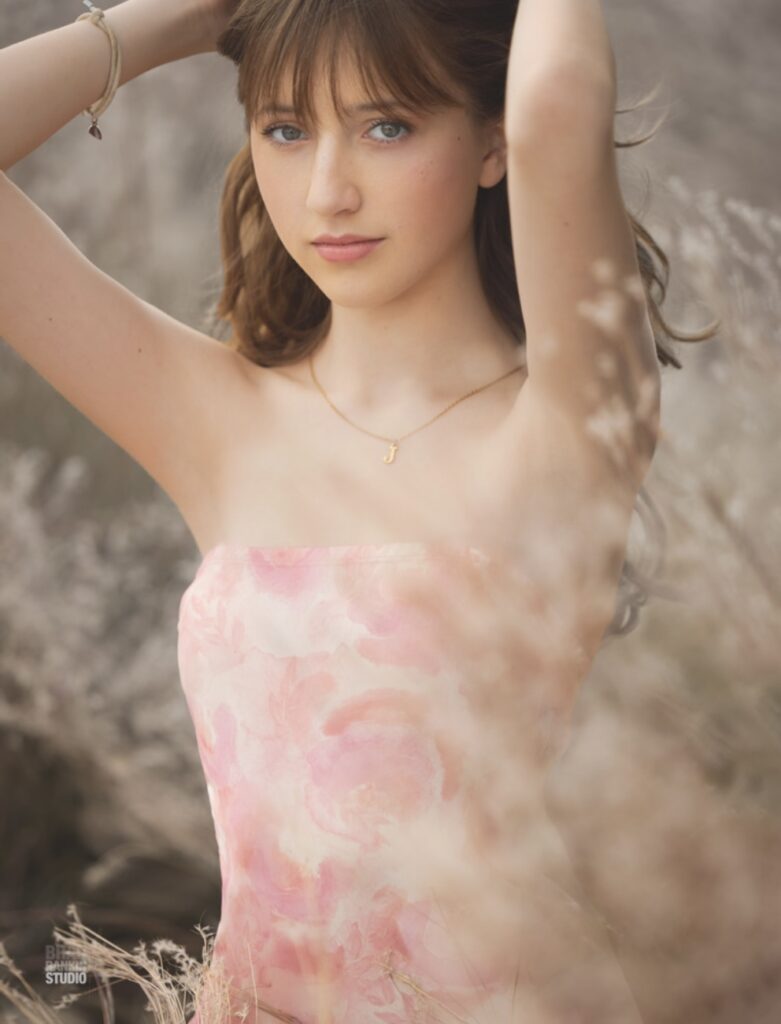There are two forces at play on your face: what’s going on beneath the makeup (your own skin) and what’s happening around you (the environment).

The Skin Side of the Story
Your face is not a blank canvas. It’s a living, breathing, oil-producing, heat-emitting, emotionally-reactive landscape. Which is beautiful—and also unpredictable.
Hydration levels: Dehydrated skin drinks makeup like it’s a smoothie. That’s when things go patchy. But over-hydrate and you get product that won’t stick. It’s a tightrope.
Sebum (aka face oil): Your skin is constantly producing it. Some people pump it out like it’s on payroll. Others are desert dry. Either way, it affects how your makeup sits, moves, and eventually… slides.
pH levels: Most skin likes to live around a pH of 5. But mess with it (with skincare that’s too alkaline or acidic) and suddenly your foundation won’t lay right. Or worse, it stings.
Body heat: Yep, your own internal thermostat affects your makeup. The warmer your face runs, the faster cream products melt or oxidize (ever wonder why your bronzer looks orange mid-day?).
Then There’s the World Around You
As soon as you step outside, it’s you vs. the elements. Doesn’t matter if you’re in full glam or just mascara.
Pollution: Tiny, invisible particles land on your makeup, break it down, and contribute to clogged pores and dullness. Gross but true.
Humidity: Turns your face into a steam room. Makeup won’t set right. Powders get weird. Everything feels dewy in a not-cute way.
Dry air: The opposite problem. Your skin gets thirsty, cracks start forming, and your setting spray can’t keep up.
Wind: Red eyes, running mascara, and those cute little flakes around your nose? Wind’s behind that.
Temperature swings: Going from a cold house to a hot car? Your skin expands and contracts like it’s in a lab experiment. Your foundation feels it too.


And Don’t Forget… Time
Even in a perfectly balanced climate bubble (which—who has that?), your makeup has an expiration point. Most products start to wear down after 4–6 hours, especially without strategic prep or touch-ups.
That’s not a fail. That’s just physics.
What do you do with all this? You don’t panic. You plan. Start thinking of your makeup routine as a system. You’re building something that has to perform under pressure. Know your skin. Read the weather. Prep like a pro. And give your makeup the best possible conditions to last and look good.
Because yes—makeup is fun and creative and expressive. But it’s also science.
And if you’re gonna wear a face, make sure it’s ready for battle.
Photos: Brad Rankin Photography
